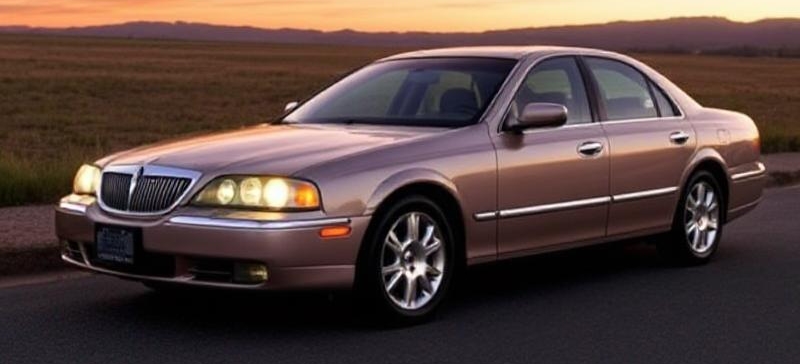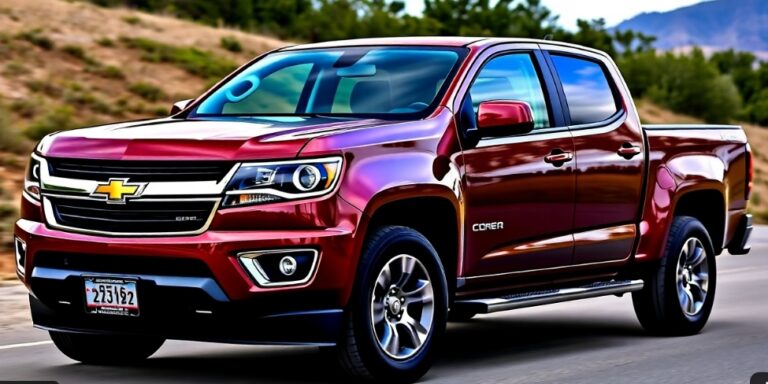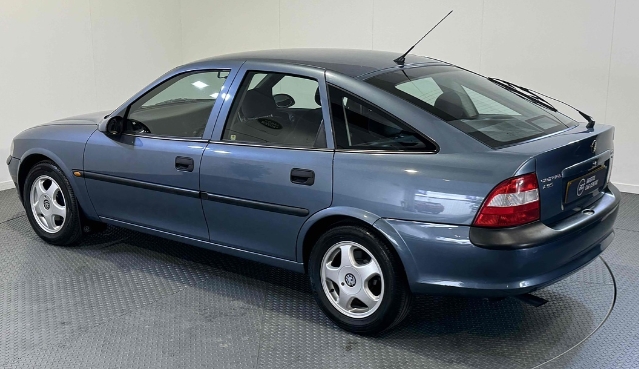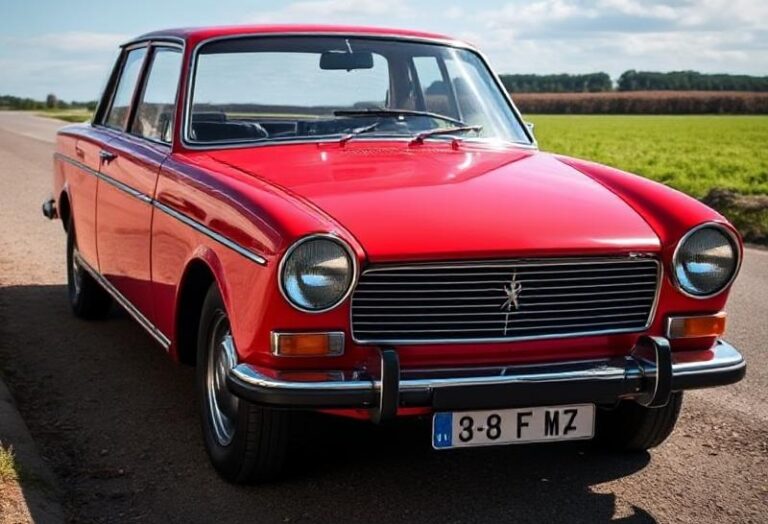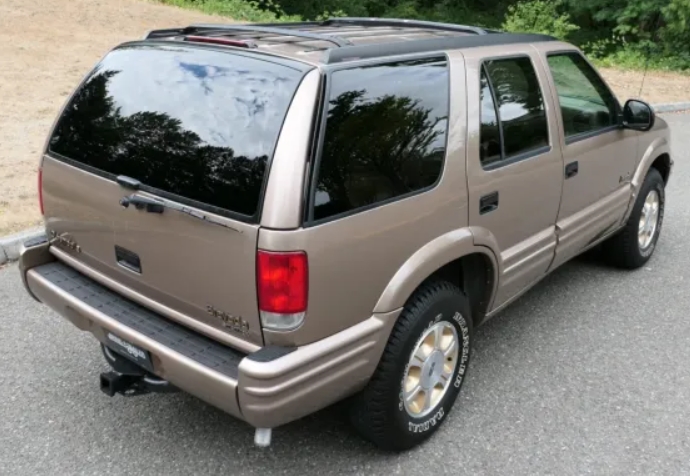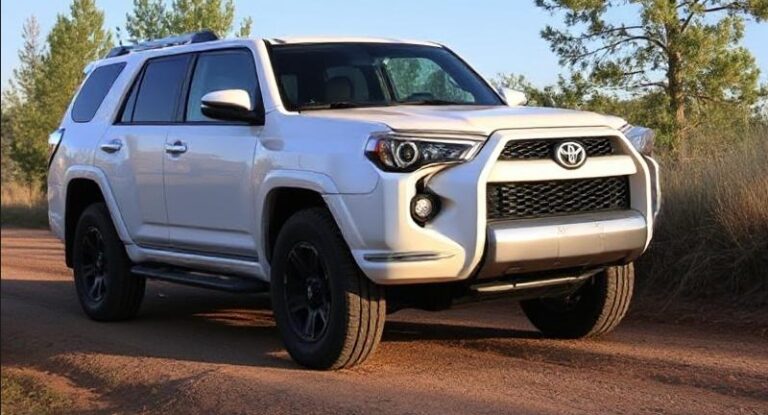The Evolution of the Lincoln LS: A Look Back at a Mid-Size Luxury Sedan
The Lincoln LS, an emblem of luxury and innovation, made its mark as Lincoln’s foray into the competitive mid-size luxury sedan segment during the early 2000s. Produced from 2000 to 2006, the LS bridged the gap between classic Lincoln grandeur and sport-oriented performance. With sophisticated styling and advanced technology, the LS was poised to attract both loyal Lincoln clientele and a new generation of luxury car buyers.
Introduction and Concept
The Lincoln LS was first introduced in 1999 as a 2000 model, and it marked a significant departure in Lincoln’s design philosophy. This new luxury sedan was created to compete with offerings from established German and Japanese brands, such as the BMW 5 Series and the Acura TL. The LS was designed on the Ford DEW98 platform, shared with the Jaguar S-Type, which helped incorporate a rear-wheel-drive layout that was essential for delivering a sporty driving experience while maintaining the luxury feel that Lincoln was known for.
Years of Production
The Lincoln LS was produced from 2000 to 2006, during which it underwent various changes and upgrades, maintaining its relevance in a constantly evolving market. The car was well-received during its launch, and Lincoln capitalized on this success with various trim levels and special editions.
Models and Trim Levels
2000 – Launch Year: Lincoln LS V6 and V8
The LS debuted initially with two engine options in 2000: the base model featured a 3.0-liter V6 engine, while the more powerful 4.0-liter V8 engine was available in higher trim levels. The V8 not only provided more horsepower but also introduced a range of luxury features. The LS was noted for its standard leather upholstery, climate control, and a premium sound system, setting the stage for the luxury features to follow in later models.
2001 – Introduction of the Sport Package
In its second year, the LS added a Sport Package option for the V8 model. This package featured upgraded suspension components, larger wheels, and unique styling cues. Additionally, the V8 model began incorporating more advanced safety features, which became a hallmark of the LS throughout its production run.
2002 – Refinements and Special Editions
The 2002 model year saw minor aesthetic updates with new grille designs and improved interior materials. Lincoln also introduced special editions, one noteworthy variant being the Lincoln LS Signature SE, which offered unique color options and additional luxury appointments. Enhanced steering responsiveness provided further improvements in handling, solidifying the LS as a performance-oriented luxury vehicle.
2003 – Updated Features and vs. Competition
As the LS entered its fourth production year, active safety features became a focal point, with vehicles now offering optional stability control systems and advanced anti-lock brakes. This model continued pushing the boundaries of technological integration, with its available navigation system and premium THX sound system, which offered an unmatched audiophile experience. The LS was increasingly recognized for its balance between luxury, technology, and performance, appealing to both traditional luxury customers and a younger demographic seeking modern amenities.
2004 – Mid-Cycle Refresh
Significant changes occurred in 2004, marking an important evolution in the Lincoln LS lineup. A mid-cycle refresh introduced new front-end styling, redesigned taillights, and a reworked interior layout. Additionally, a new Lincoln LS Sport model was launched, featuring a firmer suspension and included many high-performance components. This followed a trend where Lincoln aimed to establish its identity as a sport-luxury brand within Ford’s broader portfolio of upscale vehicles.
2005 – Enhanced Technology and Features
By 2005, the LS was undergoing gradual upgrades, focusing primarily on enhancing technology and improving the user experience. The standard package included a more advanced infotainment system, which enabled seamless integration of mobile devices and other technological features that were beginning to define modern luxury cars. The LS also added features like a heated steering wheel and premium leather seating in higher trims.
2006 – The Final Year and Legacy
The 2006 model marked the last year of production for the Lincoln LS. Although it retained many of the sought-after features from previous years, competition in the luxury sedan market had intensified. The LS was discontinued largely due to a shift in focus within Lincoln and Ford toward SUVs and crossovers, which had surged in popularity among American consumers. For its final model year, the LS retained its two primary trim levels: the base V6 and the more luxurious V8.
.

.
Conclusion
In many ways, the Lincoln LS served as an essential stepping stone for Lincoln, introducing the brand to new customers and representing a bold departure from the traditional full-size sedans that defined it for decades. Though it only ran for a short period compared to other luxury sedans, the LS made a lasting impact on the market due to its blend of performance and luxury.
While the LS has been discontinued, its legacy lives on as a representation of Lincoln’s attempt to compete with the world’s best luxury automobiles. It showcased the potential of American automotive engineering and design, encouraging the brand to adapt and evolve in sync with customer preferences.
Lincoln’s decision to focus on SUVs after the LS’s discontinuation reflected market trends, but the LS remains an iconic vehicle for enthusiasts and collectors alike. Nowadays, as the resurgence of sedans is noted in the luxury market and consumer tastes evolve again, discussions surrounding potential revivals of nameplates like the LS persist among automotive enthusiasts.
The Lincoln LS remains a noteworthy chapter in the history of American luxury cars, symbolizing a critical period of change and growth for one of America’s most iconic automotive brands.
